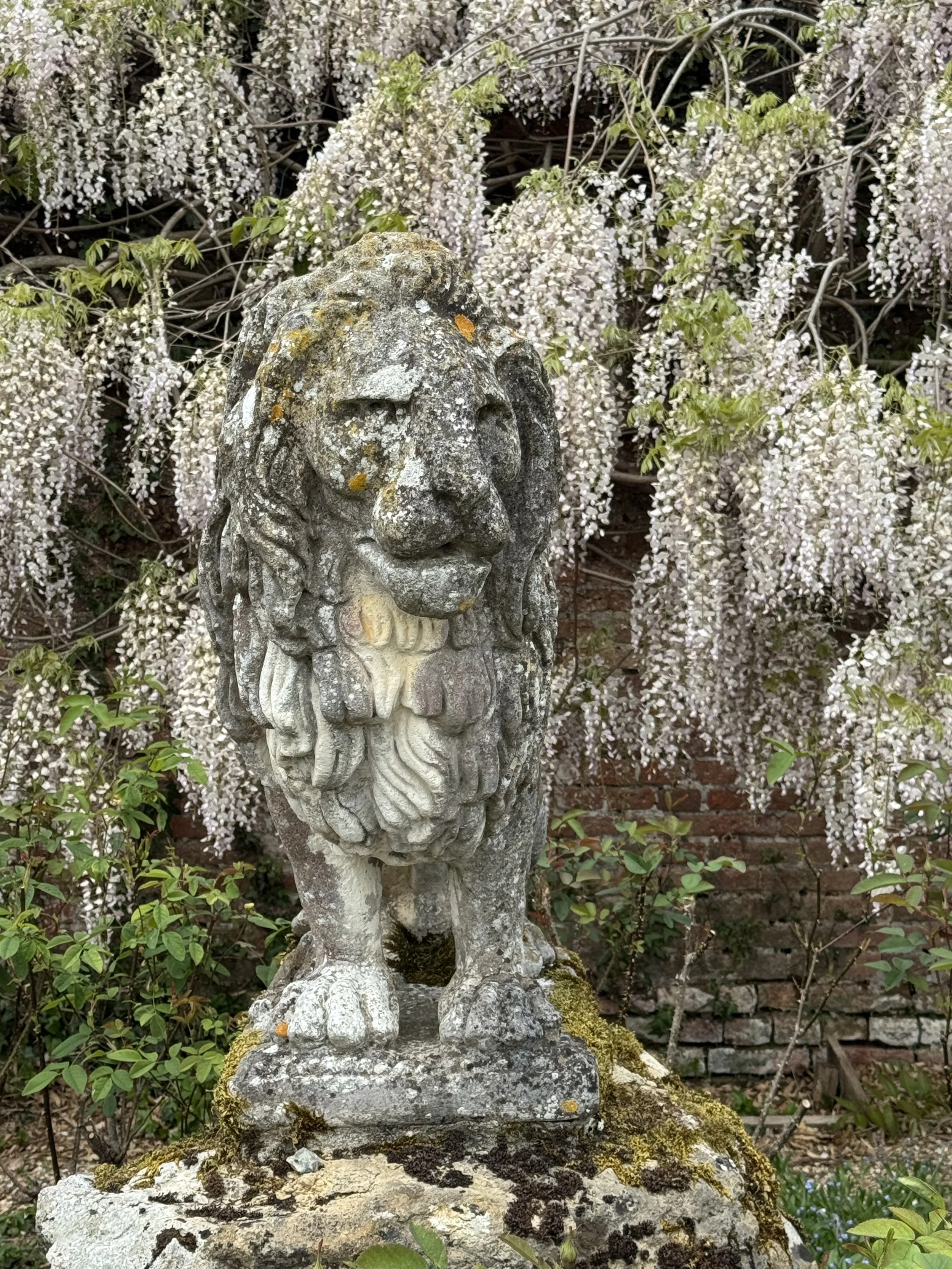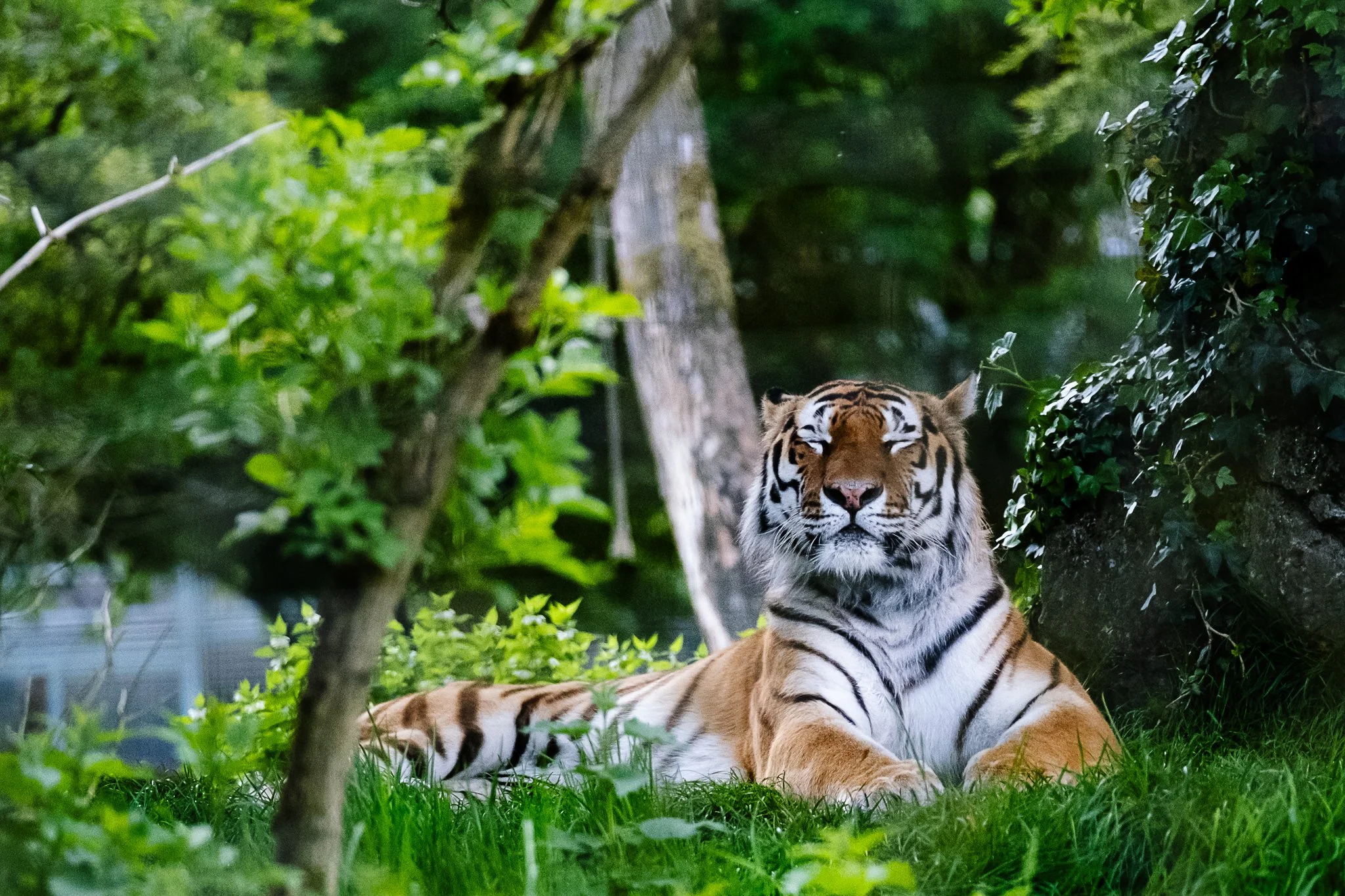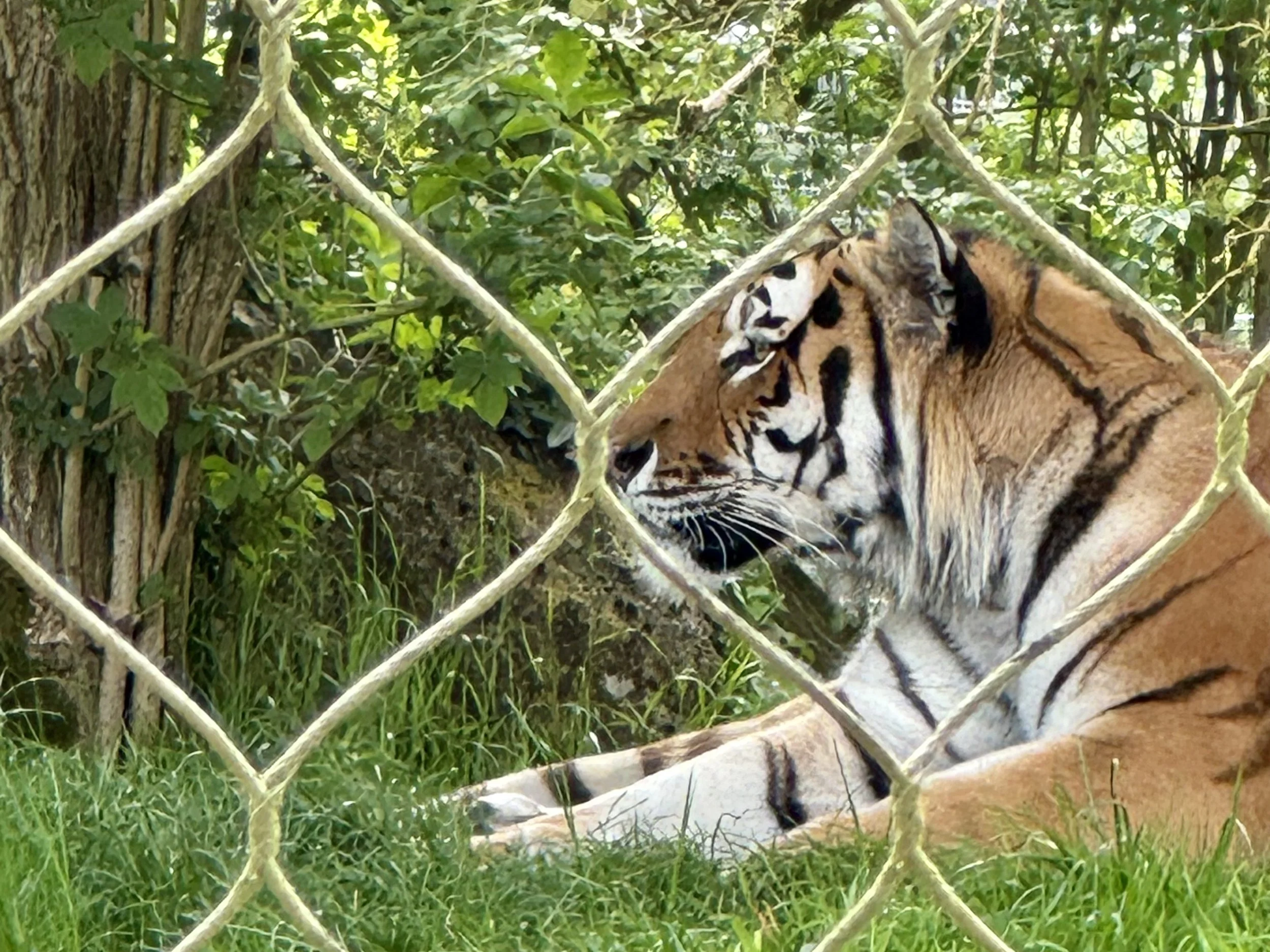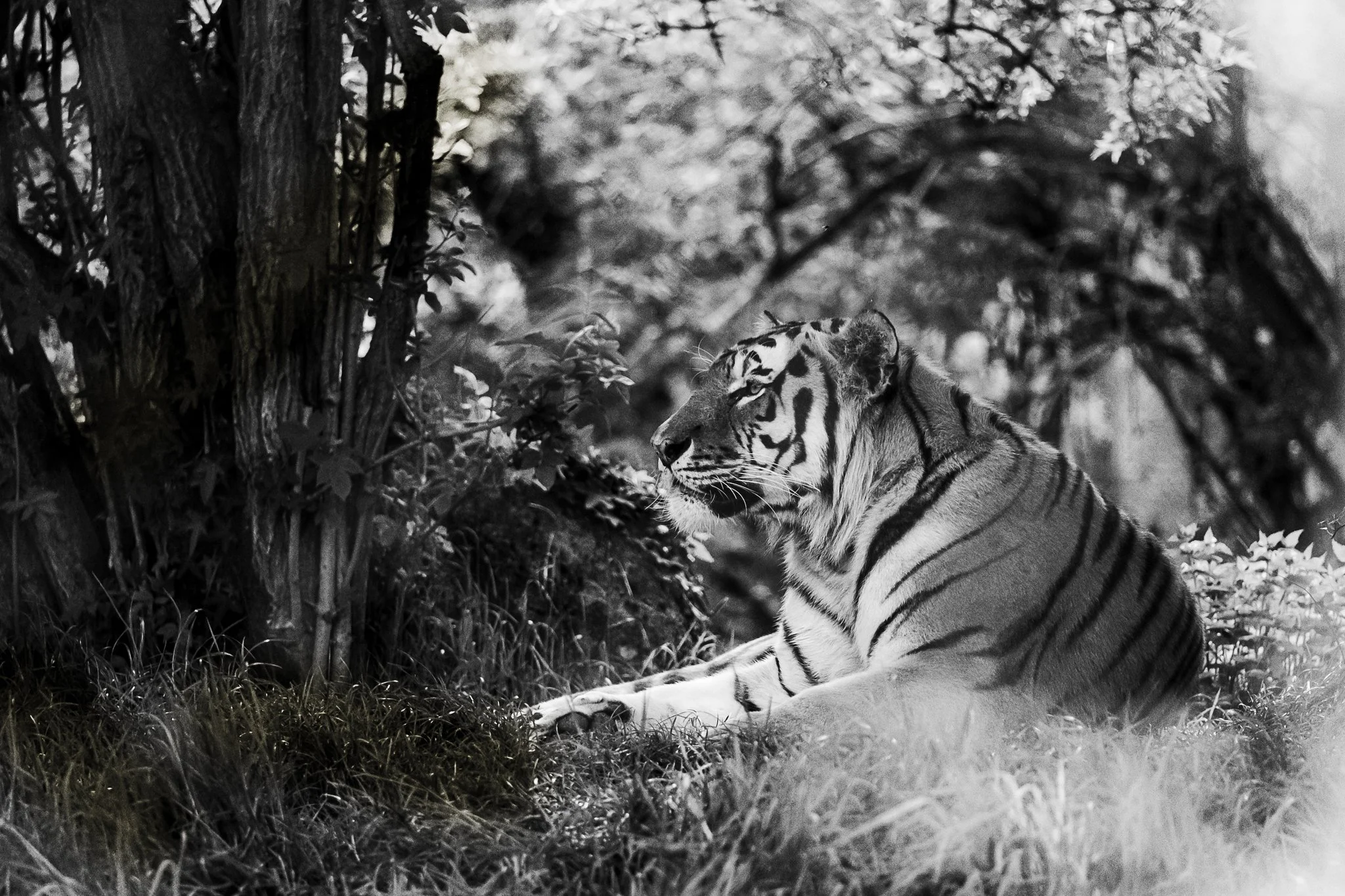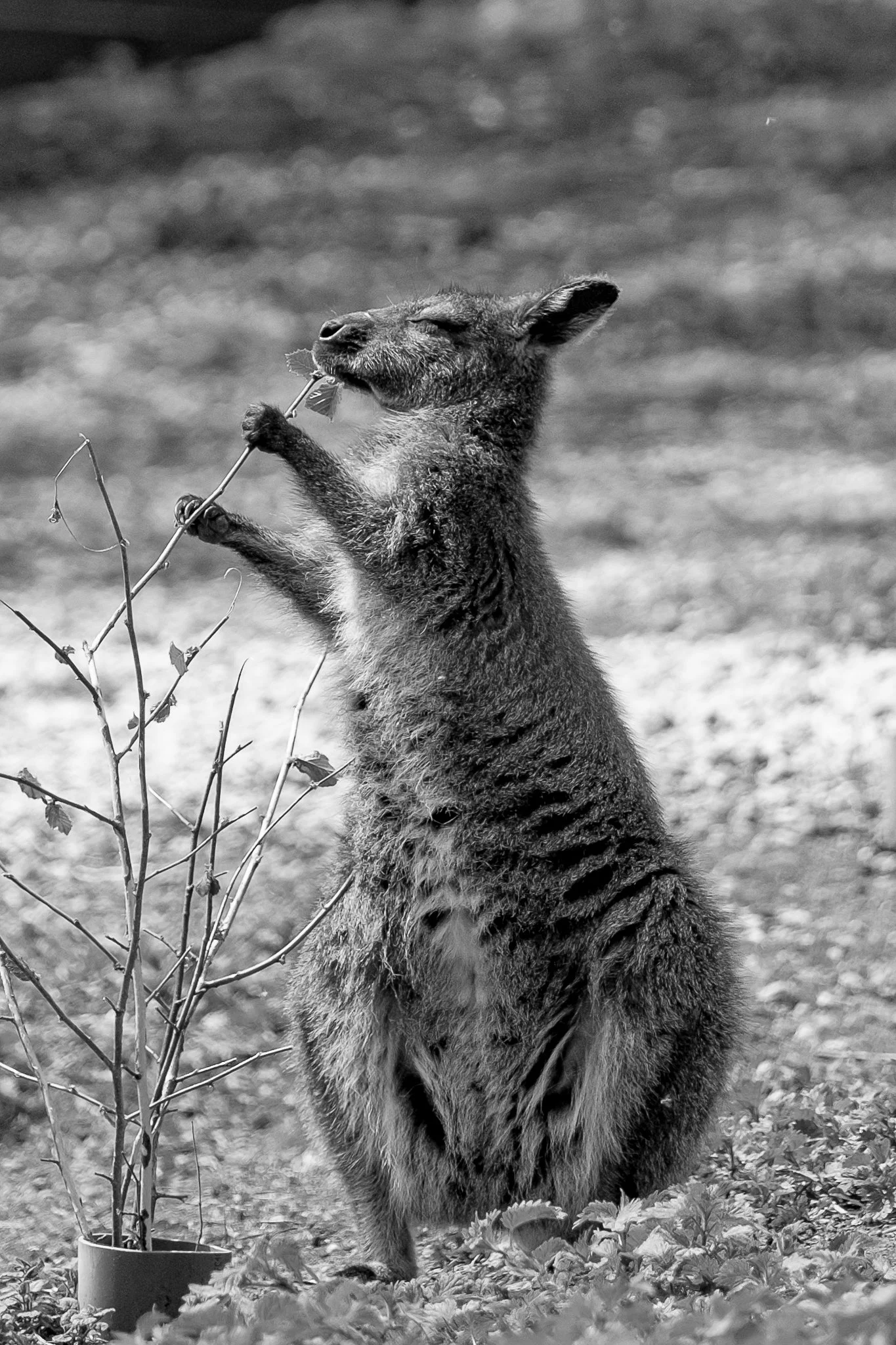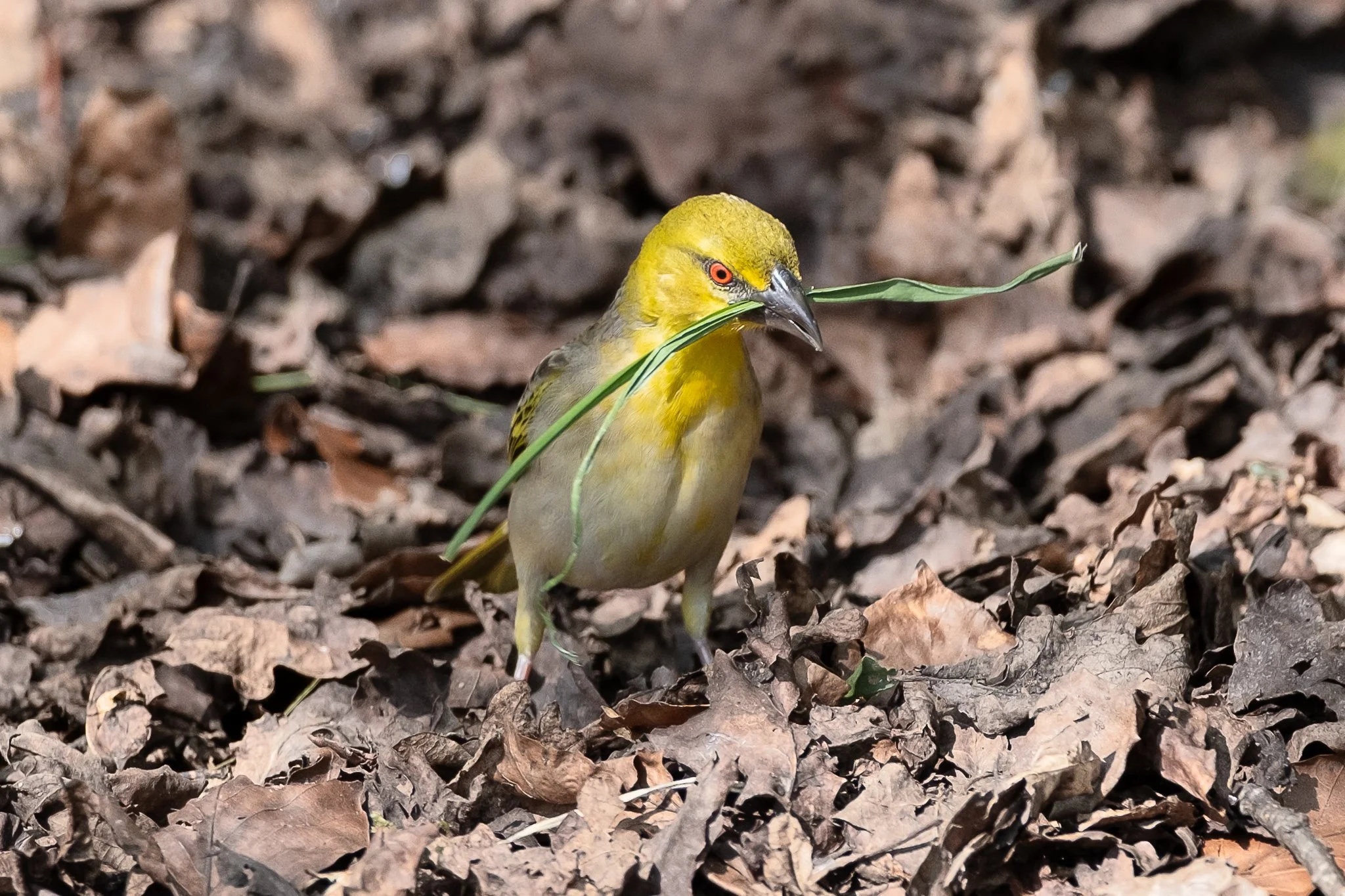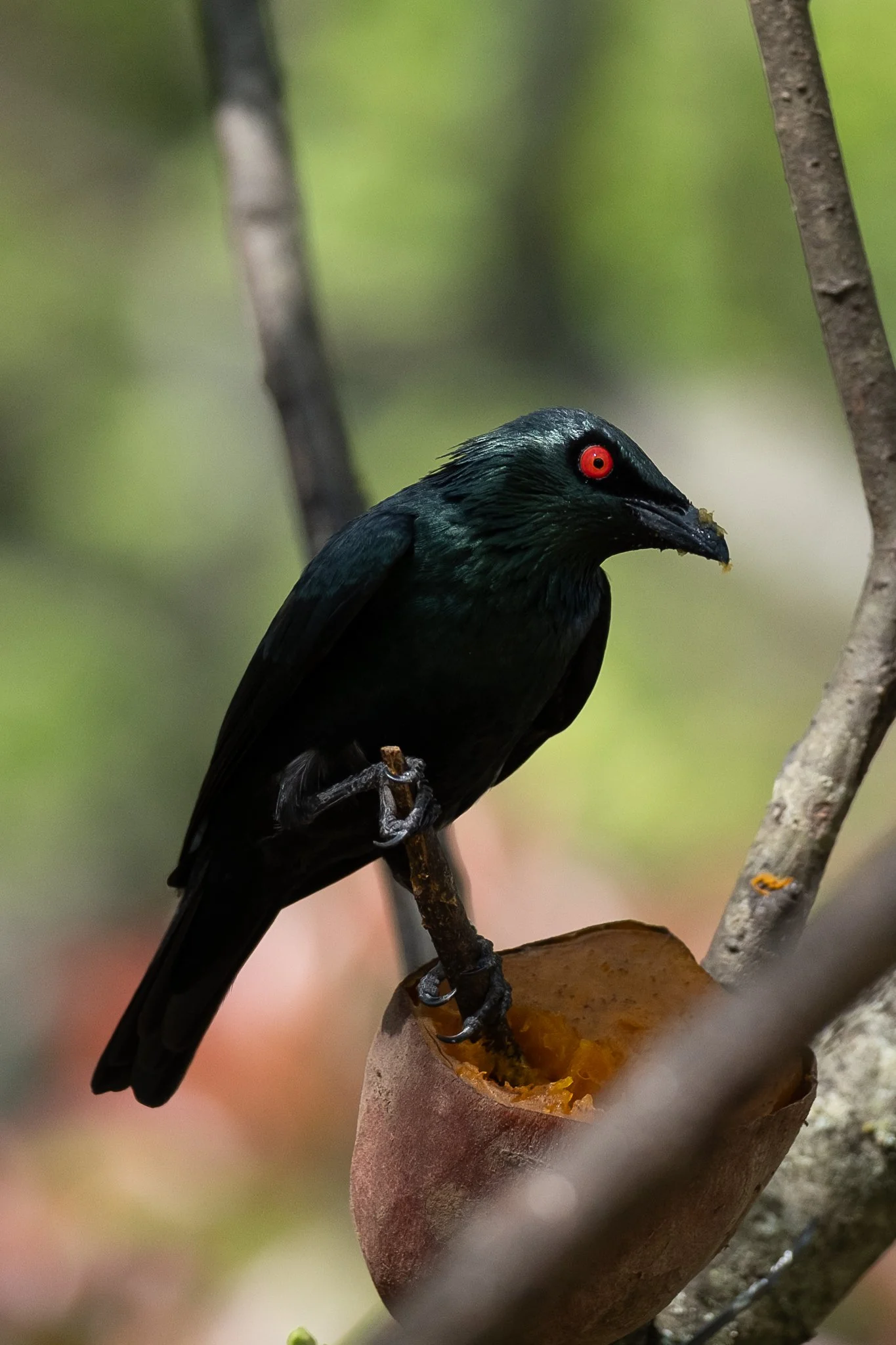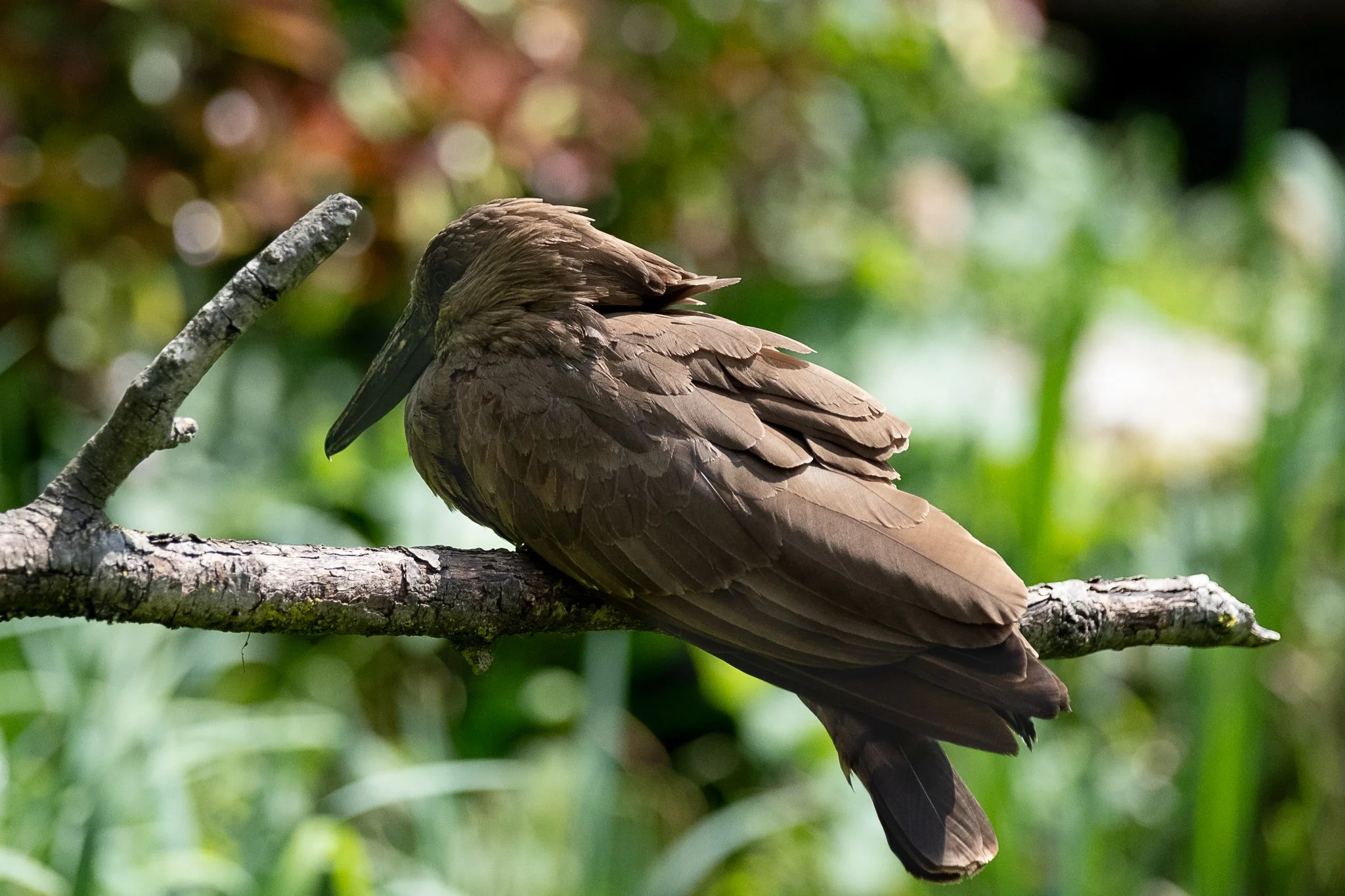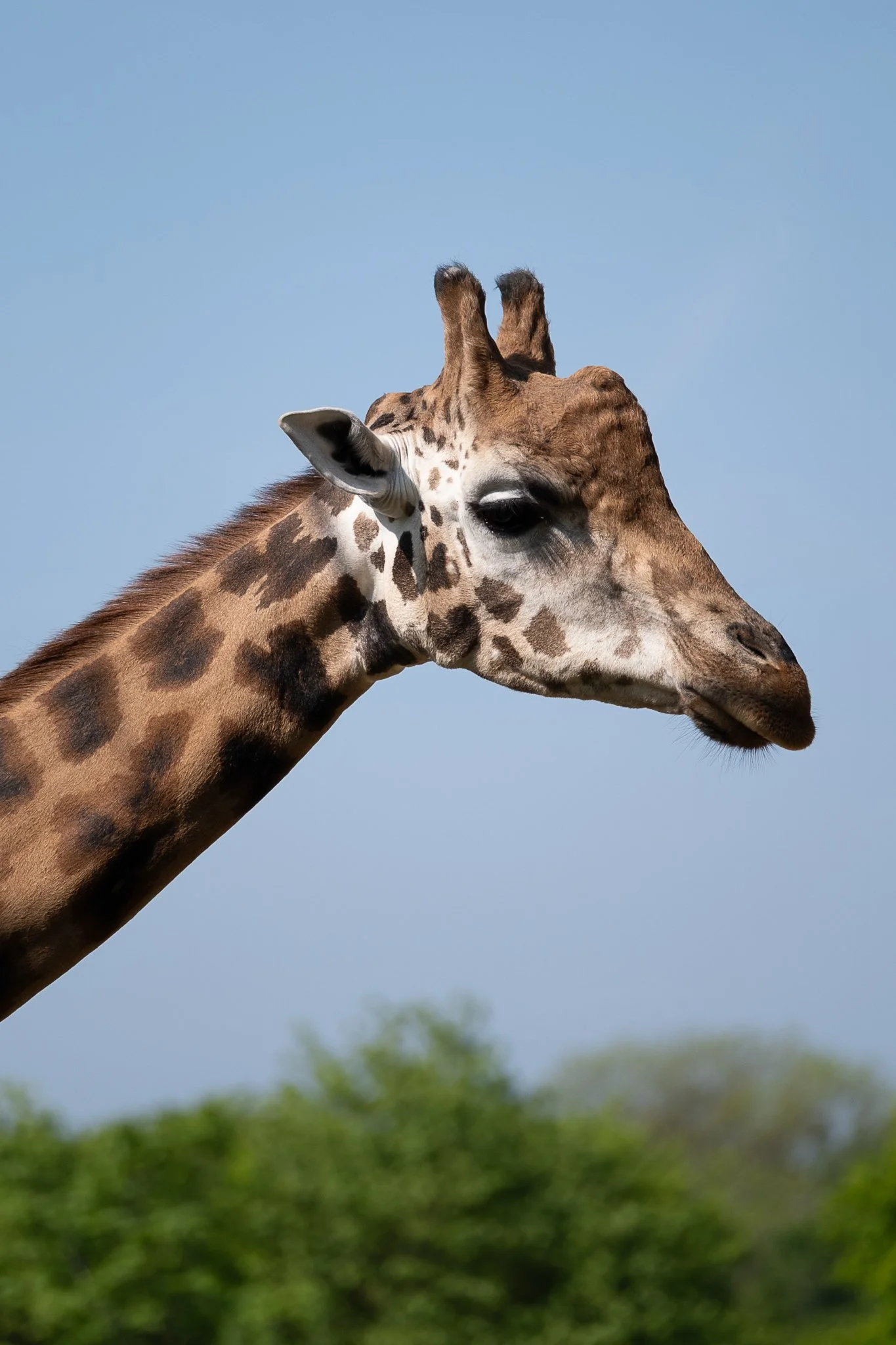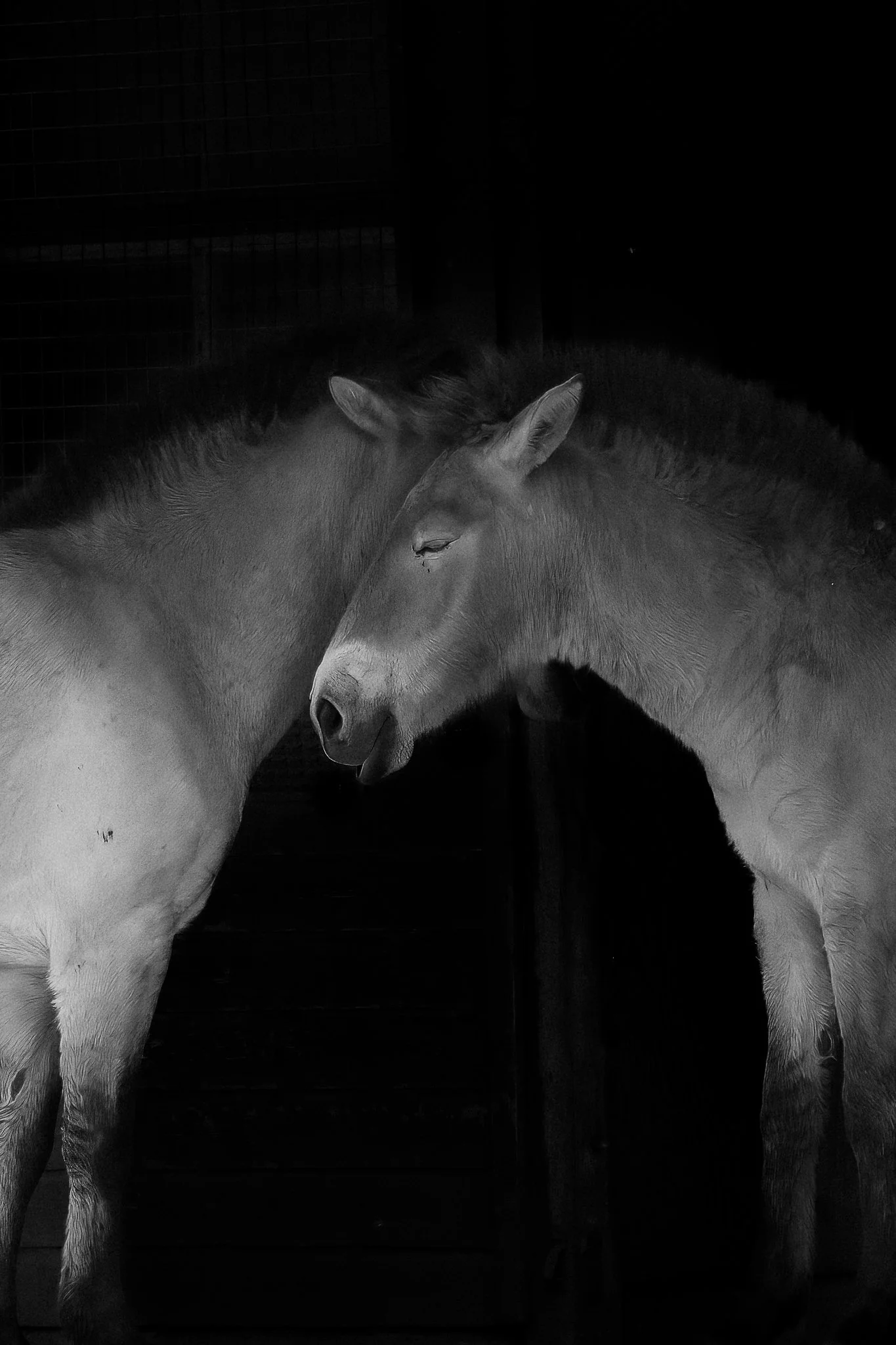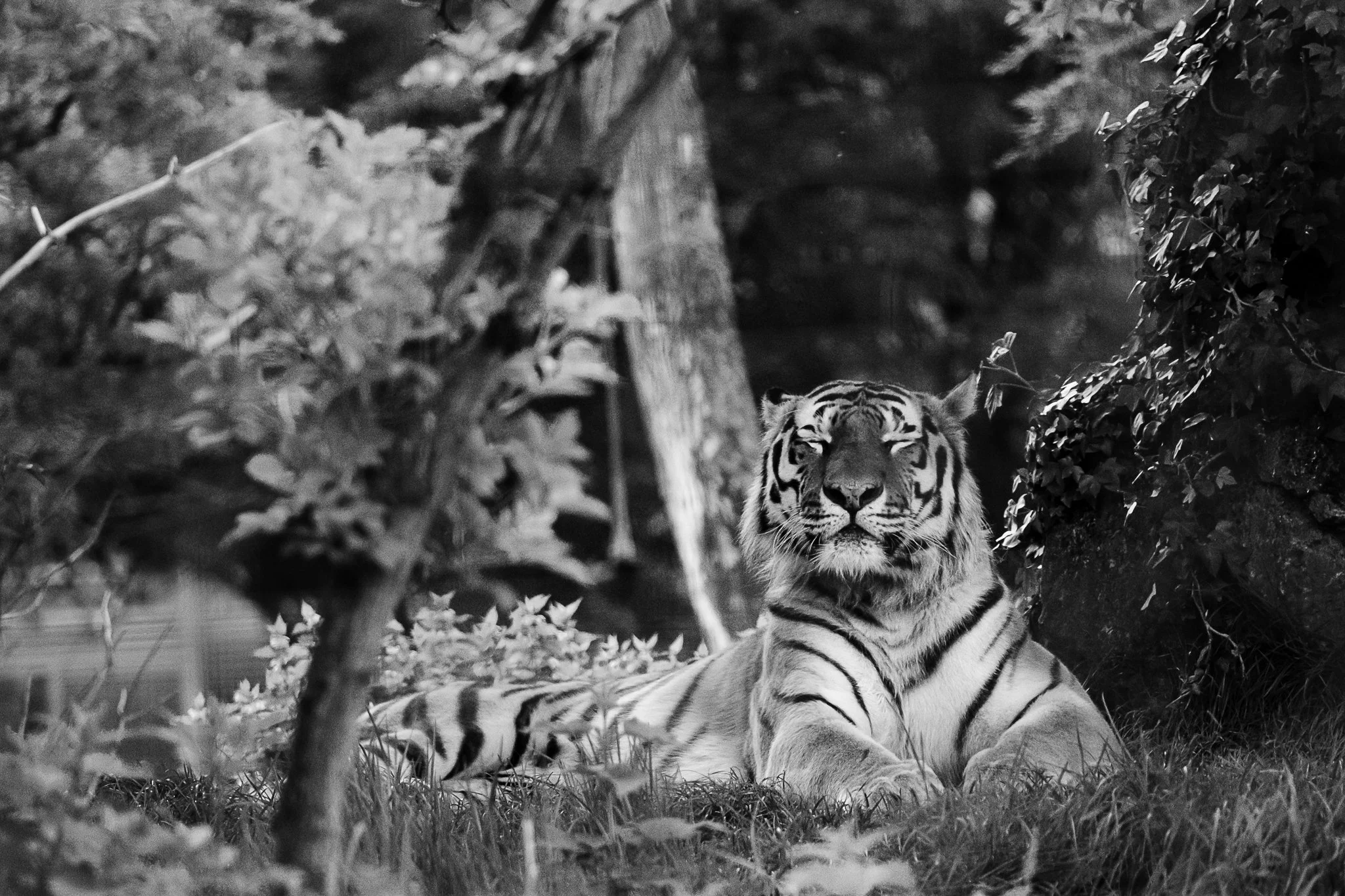When a Mirrorless Camera beats a Phone Camera
There is a big debate regarding the quality of phone cameras and how they could almost be redundant. Why spend all that money on the best DSLR or Mirrorless Camera and the latest big lenses, setting you back thousands and thousands of pounds.
I will admit I have used my phone (iPhone 15 Pro) as a replacement for my camera on my travels when I am travelling extremely light. For instance, my trip to Paris for the Christmas markets was with just a rucksack. Despite my smallest camera and lens being small enough to fit, I wanted that extra space and weight for hopefully Christmas gifts at the many Christmas Markets I explored in the snow. The phone camera worked a treat, and it does have its place as a great camera on your person. It can take some wonderful portraits and travel landscape photographs, but there are some limitations.
I find that using my phone camera in high contrast situations is not the most ideal, or at least when I take the photograph, I hate it. Everything looks appalling, but sometimes a photograph is there for the memories and the emotions of the moment opposed to being the most technically proficient, perfectly exposed and composed image in the world.
During a trip over the weekend gone, I came across the biggest limitation so far regarding the phone camera vs my Mirrorless camera. This limitation was found during a day out at Marwell Zoo, Hampshire. I had my phone on me as that was also my GPS to the Zoo, but I also took my Fujifilm X-T3 with Fujinon 50-140mm f2.8. I knew from a previous visit years and years ago that some of the enclosures are rather large - an absolute joy for the animals, as I hate to see an animal in an enclosure that is far too small for its purpose. Though from a photography standpoint, this means a long zoom can be required to view the zebras or rhinos a little closer.
I captured a few ok images on my phone during the day, but they require a heavier editing process than the photographs captured on my camera. I used my phone mostly for indoor enclosure use with the subjects much closer for a wider shot on my phone than the crop sensor 50mm, or I used it to capture some landscape images of the grounds by the house. A photograph like below is more for a memory of this looked pretty rather than taking a lot of time to compose the image correctly, and expose it perfectly. It is a fairly average image, but fairly high quality despite not being a pro shot.
Old Lion Statue infront of wysteria in Marwell Zoo. Captured on iPhone 15 Pro. Unedited.
I am in no way saying that the best phone cameras out there are rubbish. I think they are fantastic when used correctly. I am not a phone photographer, there is a different way to photograph with your phone than with a large camera. Granted, the composition rules still apply in the same way. A phone camera sometimes alters the perspective and overall focal lengths in a very different way from a traditional camera. This is where the limitations of the phone camera come into play.
The enclosure with the Amur Tigers is a perfect example. The enclosure is a very secure wire chain fence. You find similar wire fences at Motorsport Venues. Trying to capture a photograph in the gaps is extremely difficult. Motorsport is on another level, to factor in the speeds of vehicles driving past and attempting to catch the car in the perfect spot behind the wire fence. It was considerably easier to capture a tiger lying down, but the fence is much further away and causes more difficulties. The fence was about 2ft from my standing position, and the tiger another 10ft away. Approximately anyway. This was a moment I was very glad to have my longer lens and my X-t3.
Amur Tiger with eyes closed. Captured with Fujifilm X-t3 & Fujinon 50-140mm f2.8.
Amur Tiger - Captured on iPhone 15 Pro. 77mm f2.8.
The difference between the images above is striking. There has been very little editing to the photographs at the top. A little bit of Dehaze and a few tweaks to the Saturation levels, Blacks, Contrast, etc., but nothing too dramatic. The iPhone image has not been altered at all, but the difference in the actual image is unbelievable. No matter the focal length that I changed on the phone, the wire fence would not fade out in any capacity. Zoomed in a little, the focus of the image is not perfect, slightly hazy and not fully focused, with the distraction of the fence. Without the fence, it could have been a very different image, but the camera could not seem to figure out the exact focus point with the wires.
The photograph captured on my camera is a very different story. The lenses can pick out the subject further back in the image, behind the fence, and some manual adjustments to the focus were required to find the subject. But with this focus point, and an aperture of f2.8, the wire fence, much closer to me, has almost become invisible. With just a light masking brush of some additional dehaze, the wire fence has completely disappeared in the colour image. The edit was only a quick 10 minute event, mostly as I had an experiment with different techniques, landing on the dehaze and a few other tweaks that I can no longer remember. If I was editing this photo in a more professional context, I would have definately spent a bit more time perfecting the techniques or finding a few tutorials online.
Amur Tiger - Marwell Zoo - Black & White Image. Fujifilm X-T3, Fujinon 50-140mm f2.8.
The entire Day Out to Marwell Zoo was a delight, seeing species I have not yet encountered, understanding the severity of the population levels of many of the animals that they are trying to help make everyone aware of and ultimately try and help save the species out in the wild through different fundraising and exposure of the animals. I didn’t take photos of every animal, not every animal was feeling very photogenic, and I wanted to just enjoy wandering and catching up with a friend rather than photographing every minute of the day.
